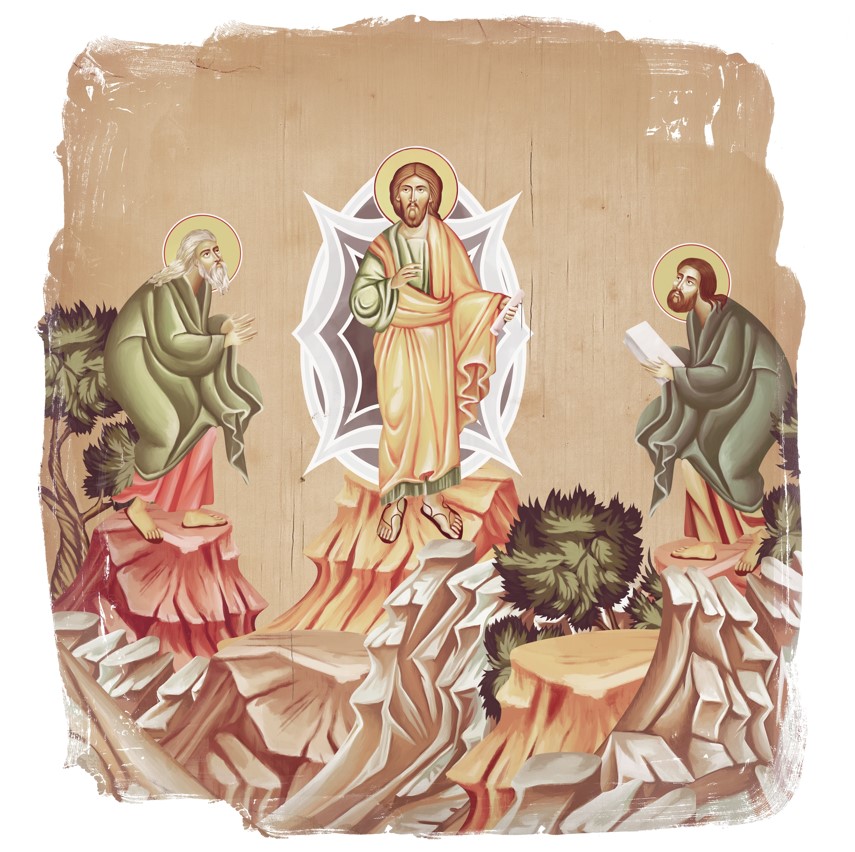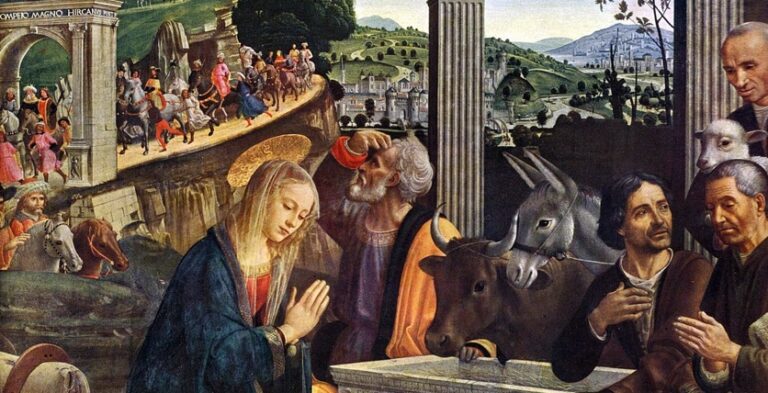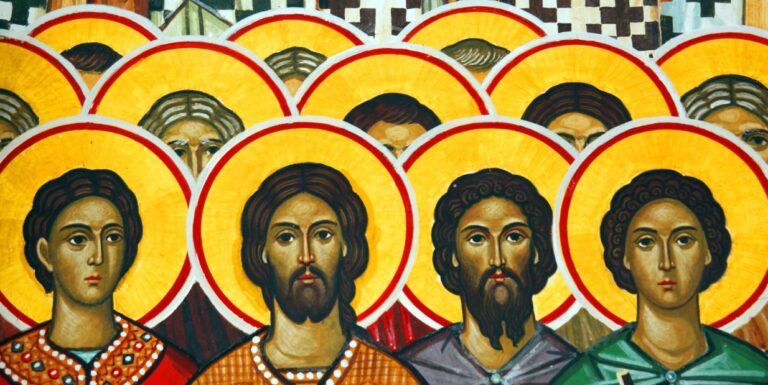
THE TRANSFIGURATION OF JESUS: A PROFOUND REVELATION

Imagine you are Peter, one of Jesus’s closest disciples along with John and James. Jesus leads the three of you to the top of a mountain, where you witness something extraordinary, an event unlike anything the world has ever seen. Before your very eyes, Jesus suddenly changes. His face radiates as brightly as the sun, and his clothes are stunningly white (Matthew 17:2)! You’re mesmerized, trying to understand what it means.
Then suddenly, Moses and Elijah appear, and you see Jesus talking with them despite the fact that both of them have been dead for many centuries. Now you are in shock, wondering what is going on.
Finally, as if that were not enough, a bright cloud comes over you, from which you hear a voice saying: “This is my Son, the Beloved; with him I am well pleased; listen to him Matthew 17:5)!” You immediately realize it is God affirming who Jesus really is.
By now, you and your friends are paralyzed by these events to the point that you all fall to the ground, face down, terrified. But Jesus touches you gently, telling you to get up and not be afraid. Though you do not understand what is going on, you start to sense one thing: it is something good, really good. Still in a daze, you try to express the wonderment that comes over you, and what comes out is: “Lord, it is good for us to be here; if you wish, I will make three dwellings here, one for you, one for Moses, and one for Elijah (Matthew 17:4).”
What was, in fact, the meaning of the Transfiguration? Peter, John and James knew Jesus the man, but what they witnessed that day was his divinity as the Son of God, though only to the extent that earthly eyes could see it. What they beheld in Jesus was like a bridge between the material world and the splendor of heaven, God’s kingdom.
On the way back down the mountain, Jesus told his three friends not to speak about what they had just witnessed until he was raised from the dead. Why? Maybe it is for the same reason he was not transfigured in the public square, which he could have done to silence his critics. I think it is because God’s ways are not theatrical. It seems like Jesus wanted his message of love to be convincing to the masses, not because they had been vowed by an external, spectacular sight, but because they had understood it instead in the silence of their hearts.
Three things were revealed on that day that speak to us across the centuries:
First, Jesus’ transfiguration showed us that, just as he was transfigured, we too can be transformed by his light that pushes back against our darkness, so that “if anyone is in Christ, there is a new creation: everything old has passed away; see, everything has become new (2 Corinthians 5:17)!”
As for his conversation with the dead, in Israel Moses had come to symbolize God’s commandments, and Elijah – the prophets. Their presence with Jesus on that mountain affirmed that he was the fulfilment of both the law and the prophecies. He connected all the dots when he said, “Do not think that I have come to abolish the law or the prophets; I have come not to abolish but to fulfil (Matthew 5:17).”
Thirdly, God’s declaration about Jesus, telling us to listen to him, reminds us of our dependence on him as our guide and saviour.
Those three events of the Transfiguration were a profound revelation. They revealed to us that Jesus is all at once the guiding light for our own transformation, the only means for our fulfilment, and our best guide and teacher because he is the true Son of God. May the brightness of his transfiguration illuminate our hearts.
Eugene Aucoin is a retired human resources director and university professor. He spoke around the world about nurturing human potential, but his passion is sharing his love for the teachings of Jesus. His first book Has Science Killed God? won Asia’s best Catholic book of the year in theology in 2020. His next book, with Novalis, will focus on the Beatitudes for inner peace and happiness. Eugene also gives seminars about faith.


